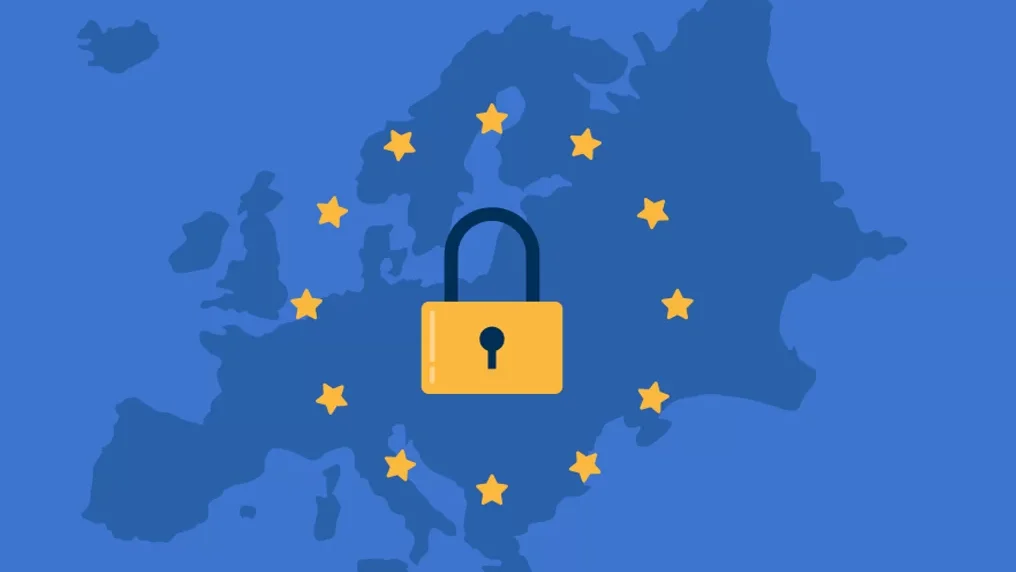The General Data Protection Regulation (GDPR) aims to safeguard individuals’ privacy and personal information. Non-compliance with GDPR can result in hefty fines. A well-written privacy policy is essential for avoiding these penalties. Here’s how you can create one to ensure compliance and protect your business.
Understanding GDPR
GDPR is a regulation enacted by the European Union (EU) to protect the data and privacy of all individuals within the EU. It applies to any organization, regardless of location, that processes or controls the personal data of EU citizens. The regulation emphasizes transparency, security, and accountability.
Importance of a Privacy Policy
A privacy policy is a statement that discloses how a business collects, uses, manages, and protects the personal data of its customers. It is a critical component for GDPR compliance. A comprehensive and clear privacy policy can build trust with your customers and protect your business from legal issues and fines.
Steps to Creating a GDPR-Compliant Privacy Policy
1. Be Transparent and Clear
Your privacy policy should be easy to understand. Use plain language and avoid jargon. Explain clearly what data you collect, why you collect it, how you use it, and with whom you share it.
2. Identify the Data You Collect
List the types of personal data you collect. This can include names, email addresses, IP addresses, and any other information that can identify an individual. Be specific about the data collection methods, such as through forms, cookies, or third-party services.
3. Explain the Purpose of Data Collection
Detail the reasons for collecting personal data. Common purposes include improving services, personalizing user experience, and complying with legal obligations. Ensure that each purpose is lawful under GDPR.
4. Inform About Data Sharing
Disclose if you share personal data with third parties. Identify who these third parties are and the reasons for sharing data with them. Ensure that these third parties also comply with GDPR.
5. Describe Data Retention Policies
Explain how long you retain personal data and the criteria for determining this period. GDPR requires that personal data not be kept longer than necessary for the purposes for which it was collected.
6. Highlight Data Subject Rights
Inform individuals of their rights under GDPR. These rights include the right to access their data, correct inaccuracies, delete data, restrict processing, and object to data processing. Explain how individuals can exercise these rights.
7. Outline Security Measures
Describe the measures you take to protect personal data from breaches, unauthorized access, and other security risks. This can include encryption, access controls, and regular security audits.
8. Provide Contact Information
Include contact details for your data protection officer (DPO) or the person responsible for data protection in your organization. This allows individuals to reach out with questions or concerns about their data.
9. Update Regularly
Privacy laws and business practices can change. Regularly review and update your privacy policy to ensure ongoing compliance with GDPR.
Creating a well-written privacy policy is a fundamental step in complying with GDPR. By being transparent about your data practices and respecting individuals’ rights, you can avoid costly fines and build trust with your customers. Remember, a privacy policy is not just a legal requirement but also a commitment to protecting your customers’ personal data.
